Royal India Tours packages are 100% tailor-made and we can help you to select the best tour plan according to your taste and budget.
You are right Pay a 20 % deposit remaining 45 Days before and get a 100% refund within 21 business days on cancelation 30 days before.
Agra, a city steeped in history and culture, is renowned for its magnificent Mughal architecture. The city boasts several iconic monuments that attract tourists from around the world. To help you plan your Agra Tour, here's a breakdown of the Agra monuments entrance fees, timings and highlights of some of the most popular attractions in Agra.
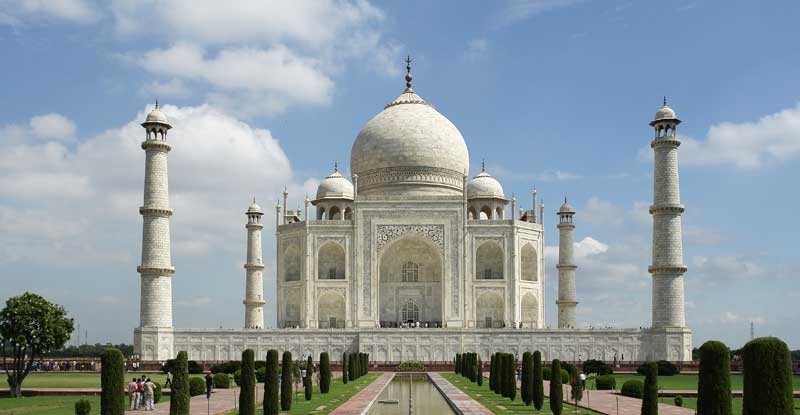
The Mughal Emperor Shah Jahan erected a magnificent monument made of white marble in honor of his adored wife Mumtaz Mahal. It is regarded as one of the most exquisite structures on Earth and is recognized as a UNESCO World Heritage Site in Agra.
The Taj Mahal is a magnificent structure with symmetrical architecture and exquisite carvings that represent love and devotion. The reflecting pool, the surrounding gardens, and the main mausoleum are open for exploration by guests. When the monument is drenched in golden light, sunrise or sunset, is the best time to visit.
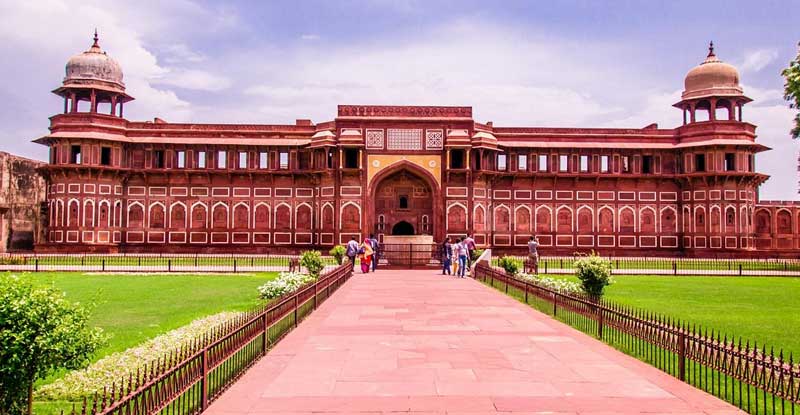
a huge red sandstone fort that served as the Mughal Empire's capital. The Diwan-i-Khas (Hall of Private Audience), the Diwan-i-Am (Hall of Public Audience), and the Moti Masjid (Pearl Mosque) are among the significant historical structures located there.
The expansive Agra Fort complex has a lengthy past. Explore the many palaces, courtyards, and mosques while learning about the historical Mughal emperors who called this place home. The fort provides expansive views of the Taj Mahal and the city.
A mausoleum made of sandstone, constructed as a tribute to the Mughal Emperor Akbar. It is renowned for both its exquisite gardens and its distinctive fusion of Persian and Mughal architectural styles.
Akbar's Tomb provides evidence of the Mughal Empire's magnificence and extravagance. The main mausoleum, the surrounding gardens, and the grave of Salim, Akbar's son, are open for exploration by guests. The grounds provide a break from the bustle of the city, and the tomb itself is a calm and beautiful location to visit.
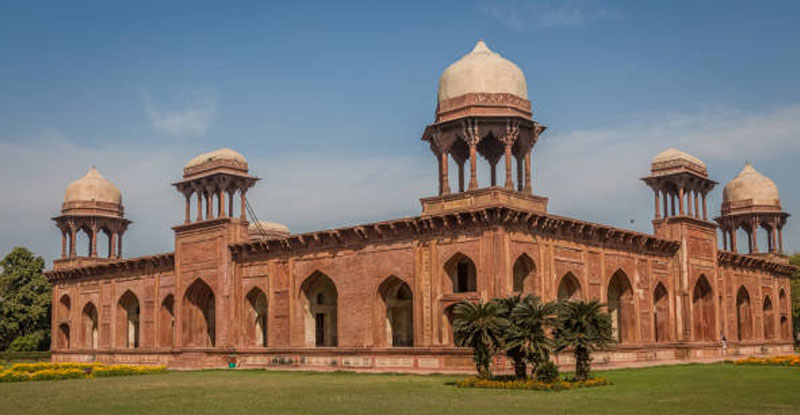
the mausoleum of Mughal Emperor Akbar's Hindu bride, Mariam-uz-Zamani. Despite being smaller than the others, this monument is nevertheless worthwhile to visit because of its fine carvings and serene setting.
The tomb of Mariam-uz-Zamani is a tasteful although modest structure. In addition to taking in the serene ambiance of the surrounding gardens, guests can marvel at the elaborate carvings on the walls and ceilings. The mausoleum is a wonderful location to get away from the throng and take in Agra's stunning architecture.
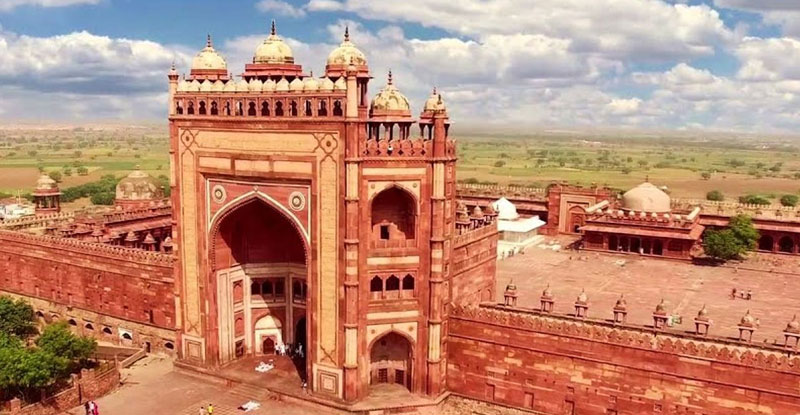
a derelict city that briefly served as the Mughal Empire's capital under Akbar's rule. It is renowned for its striking architectural designs, which include the Panch Mahal, the Friday Mosque, and the Buland Darwaza (Victory Gate).
An interesting archeological site that provides a window into the heyday of the Mughal Empire is Fatehpur Sikri. Tourists are free to stroll about the abandoned city and take in the striking building architecture. The Jama Masjid is a stunning example of Mughal mosque design, and the Buland Darwaza is an especially remarkable building.
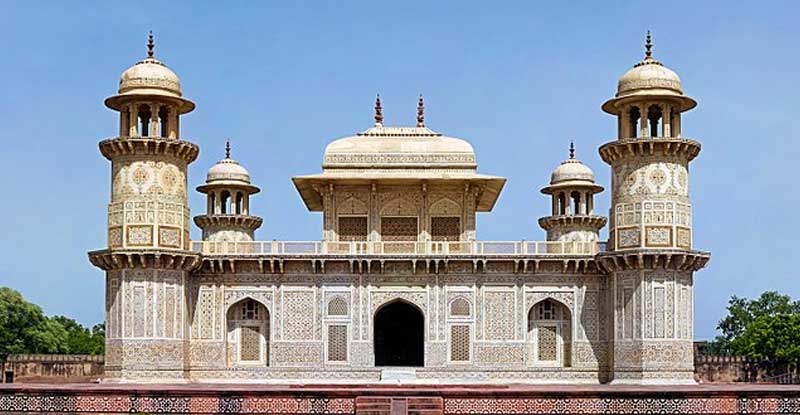
a stunning monument made of white marble dedicated to the memory of Mirza Ghiyas Beg, the father of Nur Jahan, the Mughal Emperor Jahangir's spouse. Because of its similarities to the Taj Mahal, it's often referred to as the "Baby Taj".
An even more remarkable, but smaller, tribute to the Taj Mahal is the Tomb of Itimad-ud-Daulah. The exquisite marble inlay work and the lovely gardens encircling the tomb are available for viewing by guests. The tomb is an excellent place to escape the crowds and enjoy a tranquil atmosphere.
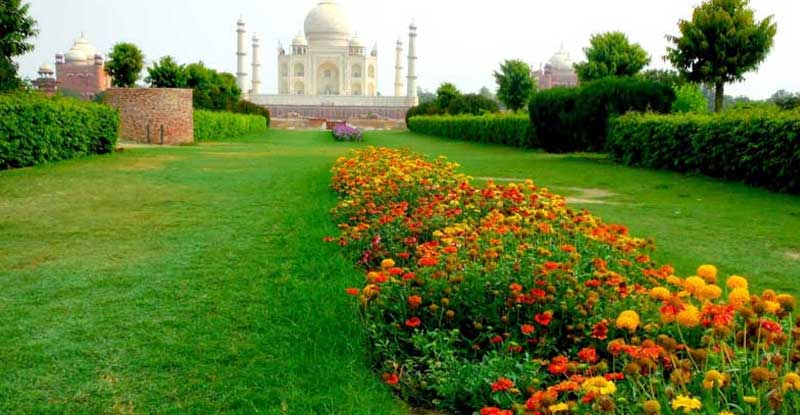
Across the Yamuna River from the Taj Mahal is a Mughal garden. It is a tranquil spot to unwind and take in the surroundings and provides breathtaking views of the Taj Mahal.
Mehtab Bagh is a stunning garden that provides a distinctive viewpoint of the Taj Mahal. In addition to admiring the breathtaking views of the monument, visitors can relax in the garden's tranquil atmosphere. After a long day of sightseeing, the garden is a wonderful spot to decompress.
.webp)
An ancient Mughal garden constructed by Mughal Emperor Akbar. It is renowned for having exquisite gardens, pavilions, and fountains.
A tranquil escape from the bustle of Agra may be found in Ram Bagh, a quiet park. Visitors can explore the many pavilions and fountains, and enjoy the gorgeous gardens. The garden is a wonderful spot to unwind and take in Agra's natural splendor.
There are several historical and architectural places to visit in Agra. You may maximize your vacation and take your time seeing these amazing monuments by organizing your visit in advance and being aware of the entrance fees, schedule and highlights.
Yes, some monuments offer discounts for students and senior citizens. Please check with the authorities for specific details.
Photography is generally allowed inside monuments, but there might be restrictions in certain areas or during special events. Please follow the guidelines provided by the authorities.
Food and drink are usually prohibited inside monuments. There are often designated areas where you can eat and drink.
Yes, you can hire a guide from the authorized agencies at the monuments. They can provide valuable insights and enhance your experience.